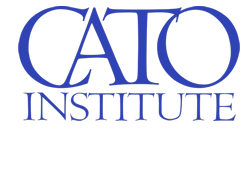Colin Grabow
Colin Grabow
Whoever leads the incoming Trump administration’s trade team faces a difficult task. In the face of theoretical flaws, historical experience, and, frankly, common sense, they will have to convince Americans that a policy of deliberate inefficiency and increased costs through higher tariffs will somehow make the country better off. But prosperity through higher taxes on imported goods is neither an intuitive nor easily swallowed argument—and mountains of economic evidence show why.
Tariffs’ well-known drawbacks are a defect that Trump’s camp is reportedly already grappling with as they attempt to make the case for a raft of new import taxes. Although the exact contours of their arguments remain to be seen, a study released earlier this year claiming alleged benefits from higher import duties is likely to figure prominently. Try as it might, however, the study did not upend centuries of insight into the virtues of free trade. Indeed, a look under the study’s hood reveals it to be little more than an exercise in economic alchemy.
Released by the Coalition for a Prosperous America (CPA), the study employs a model in which a 10 percent tariff is imposed on all US imports. Surprisingly — at least to those with a passing familiarity with economics — the CPA forecasts the higher tariffs to produce a nearly 3 percent increase in real GDP, a 4.77 percent rise in manufacturing output, 5.7 percent higher household incomes, and an additional 2.8 million jobs. Incredible stuff.
Here’s the core argument:
The tariff makes imports less competitive and domestic production of manufactured and other goods rises to take advantage of the opportunities. Increased domestic production leads to more jobs and more capital investment. The stimulus to the goods-producing sector flows through to the services sector, with the result that the entire U.S. economy expands.
Essentially, » Read More
https://www.cato.org/blog/trump-teams-case-new-tariffs-remains-daunting




